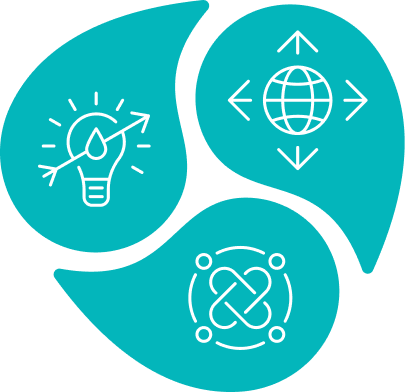Shared Vision Planning (SVP) and Collaborative Modelling can be used to support taking more informed decisions and avoid disputes over water resources management. SVP supports developing common understanding among stakeholders and can lead to joint action and benefit sharing. This Tool introduce SVP and collaborative modelling, its benefits, processes and best practices.
SVP for water resources management was first developed by the Institute of Water Resources, US Army Corps of Engineers, to ensure that all stakeholders develop a common understanding of the water issues, including their interlinkages to different components of the socio-hydrological system (Tool C2.04). Collaborative modeling adds transparency and wider engagement to more Decision Support Systems (DSS), which have been traditionally reserved to technical specialists and modelling experts. It also combines stakeholder engagement and computer modeling, which are both increasing being used in water resources. The three pillars of SVP are (Palmer, Cardwell, Lorie and Werick, 2013):
- Traditional water resources planning,
- Structured public participation, and
- Collaborative computer modeling to formulate water management solutions
While implementing the tool, all stakeholders and model developers are introduced to each other from an early phase of the model development. As they work together, stakeholders are formally introduced to technical models, their development, application, potential benefits and limitations. At the same time stakeholder knowledge, interests, and needs are actively considered, incorporated and valued in the model, allowing flow of information between stakeholders and also with modelers. The use of this approach can support Multi-Stakeholder Partnerships (Tool B3.05) and transboundary cooperation assessments (Tool C1.08) and dialogues (Tools C6).
Figure 1. Circles of Influence during Shared Vison Planning (Adapted from Mendoza, Cardwell and Guerrero, 2013)
Shared Vision Planning is best suited for multi-stakeholder and multi-issue situations. As parties begin to confront the need to plan for growing scarcity of water under competing demands, it brings sectors together for resolution. It is also useful in situations that have limited data sharing, little shared knowledge resources and no common database (Tool C2.05). The best modelling applications show parties an overall picture of the situation and to put the water conflict situation in context.

 IWRM Tool - C2.02
IWRM Tool - C2.02